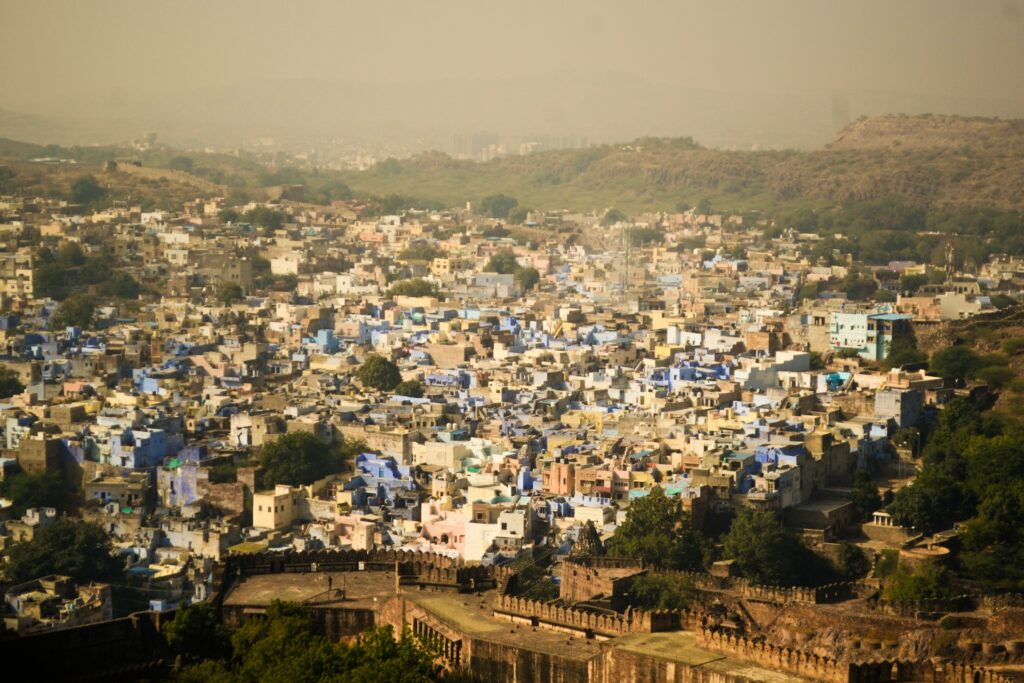INDIANS RETURN TO THE SLUMS AFTER BETTER HOUSING
The share of urban Indians living in slums is 24%—about 100 million people.
India’s government, in an attempt to rectify the situation of Indian slums, has made it a policy to give land to slum dwellers—not in the more central areas of cities where the slums tend to be, but on the urban outskirts.
Saudamini Das, a researcher with the Institute of Economic Growth in New Delhi, says this strategy isn’t working.
“Those who are relocated aren’t able to secure jobs outside the city,” she says.
“They end up selling the land or giving it to relatives, and returning to more centrally located indian slums.”

Das’s recent research delves into what slum dwellers value when they choose to house and has implications for this government policy.
Through surveys of slum inhabitants in four Indian cities—Jaipur, Ludhiana, Mathura, and Ujjain—Das and two co-authors, Arup Mitra and Rajnish Kumar, determined what neighborhood services slum dwellers would likely be willing to pay the government for, thus giving officials a reason to work with slums, rather than banishing their inhabitants to outer areas.
Also read: Singapore Slums & Renewal – An Intriguing Case Study

